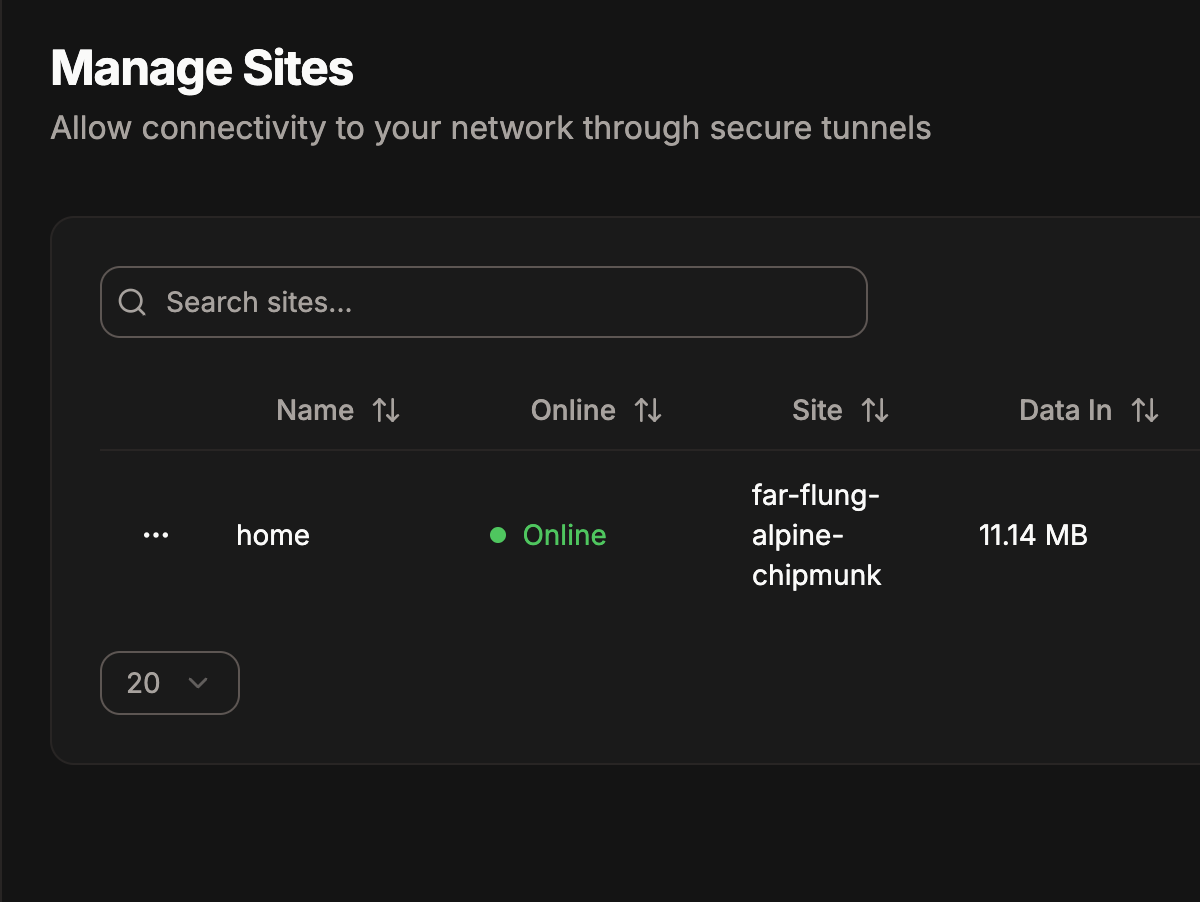homelab
Spent yesterday dealing with a homelab problem I had baked into a VM template a year ago.
Makes me wonder what other bugs I’ve created and haven’t found yet.
Checking in with my homelab after leaving it for a month
Pangolin works on my IPv6 only Pi 🎉
I’ve got some tidying up to do, then it needs a write-up.

Pangolin on a Pi project progress
Most things in tech play out like that scene from Malcom in the Middle, where Hal’s trying to do one thing and then he needs to do another, and another, until he’s forgotten where he started.
Pangolin on a Pi started off as a quick little test that turned into a week long adventure.
Pangolin
Pangolin is an app that lets you tunnel into a private network, securely, from the outer internet. This means you can run your own apps and services at home and use Pangolin to let your friends and family connect to them.
Why would you want a NAS?
Some thoughts to help you work out if you want a NAS.
What’s a NAS?
NAS stands for Network Attached Storage, which means you can connect to storage on another computer in your network.
It’s like Dropbox, Google Drive or iCloud except it’s your computer and not theirs.
Talos defaults to adding the node.kubernetes.io/exclude-from-external-load-balancers= label to all control plane nodes, which are all I’m using in my Turing Pi, so that meant none of them were in the MetalLB VIP and is why I couldn’t connect to them.
I wish I knew this two hours ago.
Why Talos and not Ubuntu and K3s for Turing Pi RK1
Now that I want to use the RK1s in my Turing Pi to host a Kubernetes cluster I have a few different options on how to do it.
Ubuntu
My goto is usually Ubuntu because I know how to use it. I can configure it using Ansible and debug it when things stop working, so of course I would use it. I didn’t really think about it.
This time I’m using RK1 modules, which are powered by Arm, and don’t have “official” Ubuntu images. The ones it does have are locked to Ubuntu 22.04, or are a community effort, and reading into it all made me question what I really needed.